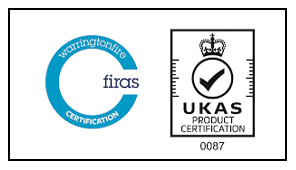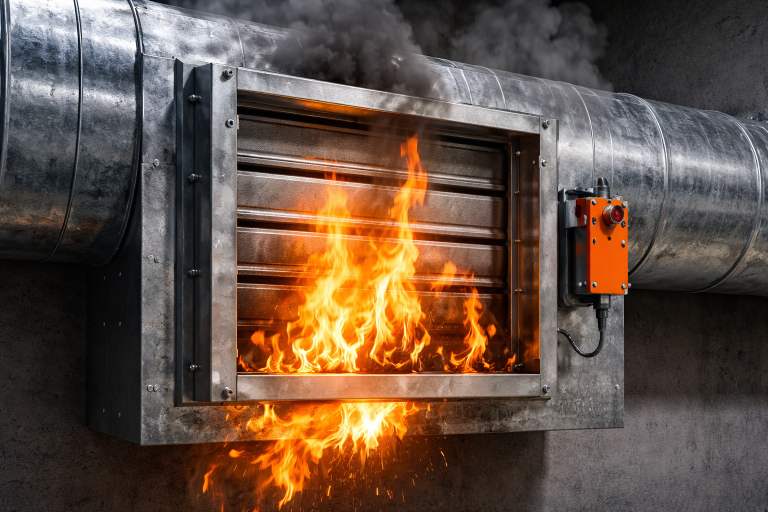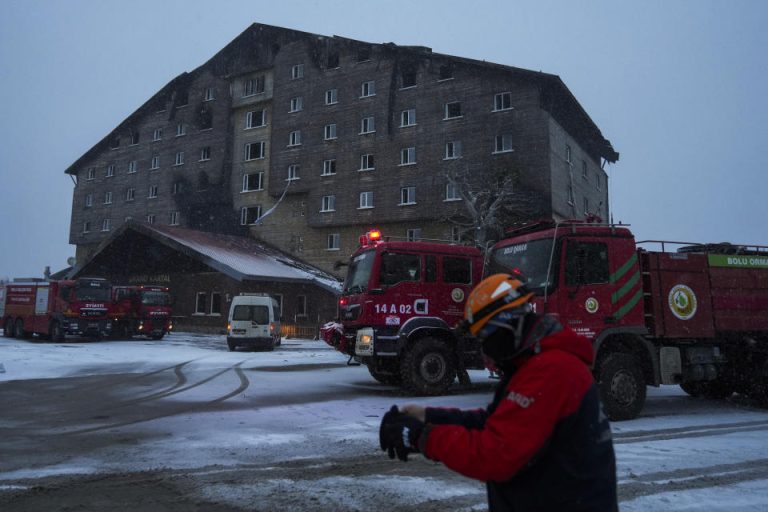Passive Fire Safety Protection
& Consultancy
– Rose Chambers
Projects Co-ordinator
– Adrian Collins
– Jay Park
Project Manager & Compliance Surveyor
– Alan Fraser
Technical Manager
– Ella-Grace McNab
Marketing and Social Media Manager
– Zahra Yelland
Sales & Project Administrator

Our Services
We offer the full suite of assessment and remediation services
Fire Compartmentation
Fire Dampers
Surveys
Compliance Inspections
Fire Doors
3D Compliance Scanning
Find out how our expertise in passive fire protection can strengthen your fire safety approach — and what going beyond compliance really means for your organisation.

Our Mission
Our mission is to ensure owners, staff, and residents feel completely confident and secure in the fire safety of their buildings, whether at work, at home, or in shared spaces. Through our expertise in Passive Fire Protection, we design and deliver solutions that provide continuous, unobtrusive protection. At Meritas, we go beyond compliance by not just meeting the standards but setting them, so our clients can trust that their safety is always in capable hands.







CLIENT REVIEW – David Jones, Operations Manager
“Hu and the engineers at Meritas were really quick to respond to a request for a fire compartmentation survey at one of our health centres. They came out to site at short notice to complete the survey over two days, keeping us informed of what was being inspected and explaining their findings thoroughly through the whole process. Hu took the time and care to answer any queries, no matter how trivial, and was very understanding of the pressures both from a legislation and budget point of view that we, along with many other landlords, face in complying with fire regulations.
Once the survey was completed, the report was issued very quickly in a format that was clear and simple to understand. There was a clear plan in place for Meritas to come back to complete the remedial works during unsociable hours due to the needs of our business and the works were finished to a high standard.
We have been really impressed working with Meritas, and are keen to use their services for continued works across our other sites in the not too distant future.”
Did you Know...
An independent business dedicated to delivering Passive Fire Protection solutions that not only meet the demands of an ever tightening regulatory environment but go beyond compliance to provide lasting protection and peace of mind.
We deliver Passive Fire Protection solutions that are fully compliant while also addressing the real world challenges buildings face. Our approach goes beyond compliance to ensure safety, resilience, and confidence.
Founded in 2016, we are establishing ourselves as one of the leading Passive Fire Protection consultancies in the East of England.
Our solution to the widespread issue of existing buildings not meeting current passive fire protection standards begins with comprehensive surveys to identify areas lacking compliance or sufficient protection. By providing a clear and actionable roadmap for the necessary upgrades, we help ensure that buildings are brought in line with all required safety standards.
We also invest in long term safety through our Engineer Training Programmes, staff development, and apprenticeships. These initiatives equip facility managers and maintenance teams with the essential knowledge to maintain passive fire protection systems effectively.
As we move into 2025, we are proud to adopt a Beyond Compliance ethos. This reflects our commitment to delivering more than what regulations demand. We help create safer, more resilient buildings and empower those responsible for their care with the understanding and tools to maintain ongoing protection and peace of mind.

CLIENT REVIEW– Gemma Pace, Linton FM Solution
“It has been an absolute pleasure working with Meritas over the past few years. Their industry expertise, commitment to quality, and market insight are unparalleled. As Linton FM built its platform within the fire industry, Meritas provided invaluable support and served as a reliable knowledge resource. Their focus on service delivery over profit, particularly amidst evolving fire safety regulations, is a refreshing change from typical contractors. Their professionalism, especially Hu and Steve’s, creates a genuine sense of partnership. I wholeheartedly recommend Meritas for any fire safety needs—they truly make a complex process seamless.”
Did you Know...
Generally, wood ignites at temperatures between 300°C to 400°C (572°F to 752°F). Factors like the type of wood, moisture content, and exposure to oxygen can influence the exact ignition point.
Paper has a lower ignition temperature, typically around 218°C to 246°C (424°F to 475°F).
Gasoline vapours can ignite at temperatures as low as 280°C to 470°C (536°F to 878°F), but it is highly flammable and can ignite even with a small spark at room temperature.
Common plastics like polyethylene and PVC generally ignite at temperatures between 300°C to 450°C (572°F to 842°F).
Cotton and other natural fibres typically ignite at temperatures around 255°C to 300°C (491°F to 572°F).






